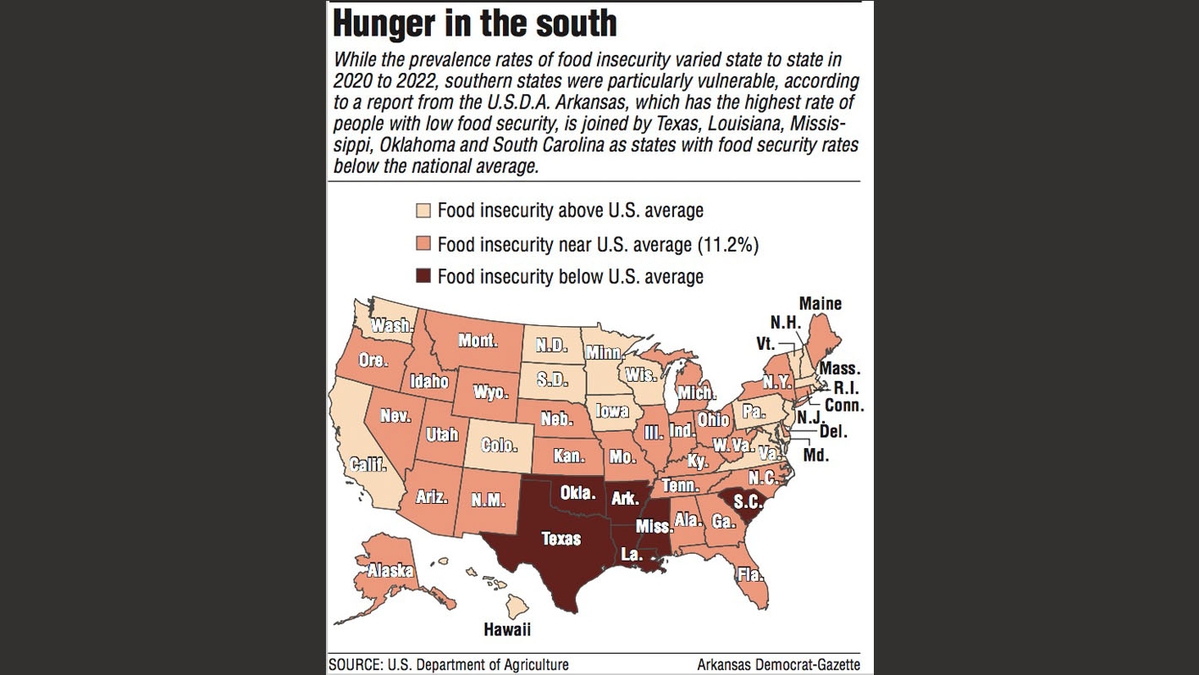
Understanding Food and Nutrition Security
The terms food security and nutrition security, although often used interchangeably, carry distinct meanings. According to a recent study by experts at the US Department of Agriculture (USDA) and the University of Central Arkansas, food security is defined as the ability to acquire sufficient food. In contrast, nutrition security refers to the ability to obtain enough health-promoting food. These definitions mark a shift from looking at the financial aspects of food insufficiency to the nutritional quality of foods that individuals can afford.
The Impact of Security on Dietary Choices
The study further revealed that individuals with lower food and nutrition security tend to feel that they have less control over their food choices compared to those with higher levels of security. External limitations such as affordability were reported to affect their ability to acquire healthful foods and foods that they prefer. This lack of control and limited access to preferred food choices is a significant barrier to maintaining a healthy and balanced diet.
External Limitations and Utilization Barriers
One of the key findings of the study was the role of utilization barriers in influencing food choices. These barriers, which include lack of equipment and knowledge for preparing healthful foods, stand as an intermediary step in the pathways between food and nutrition security and food choice. These utilization barriers significantly limit the ability of individuals to consume a balanced and nutritious diet, even when they have access to healthy food options.
Income, Education, and Dietary Choices
Interestingly, the study found that income did not appear to significantly impact dietary choice. Instead, education played a more significant role in healthful food choices. This highlights the importance of knowledge and awareness in making healthy dietary decisions and suggests that interventions aimed at improving nutritional knowledge could have a substantial impact on improving food and nutrition security.
Policy Recommendations for Improving Dietary Choices
The study concludes with several policy recommendations aimed at improving the dietary choices of people with low food and nutrition security. Key among these are interventions to improve knowledge and cooking skills, which can help individuals make more healthful food choices. Additionally, strategies and policies to remove household utilization barriers, such as providing access to necessary cooking equipment and teaching cooking skills, can significantly improve the ability of individuals to prepare and consume healthful foods.
Conclusion: A Holistic Approach to Food and Nutrition Security
Addressing food and nutrition security requires a multi-faceted approach that considers not just financial accessibility, but also the nutritional quality of food, the barriers to utilizing available food resources, and the role of education in making healthful food choices. By addressing these aspects, we can ensure that everyone, regardless of their level of food and nutrition security, has the knowledge, skills, and resources they need to maintain a healthy and balanced diet.
